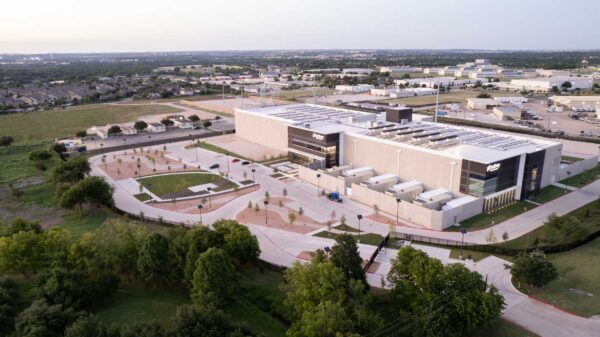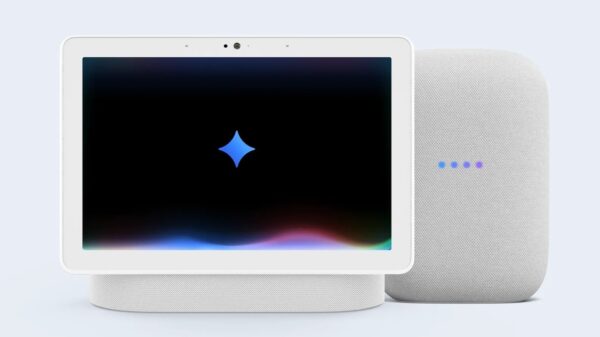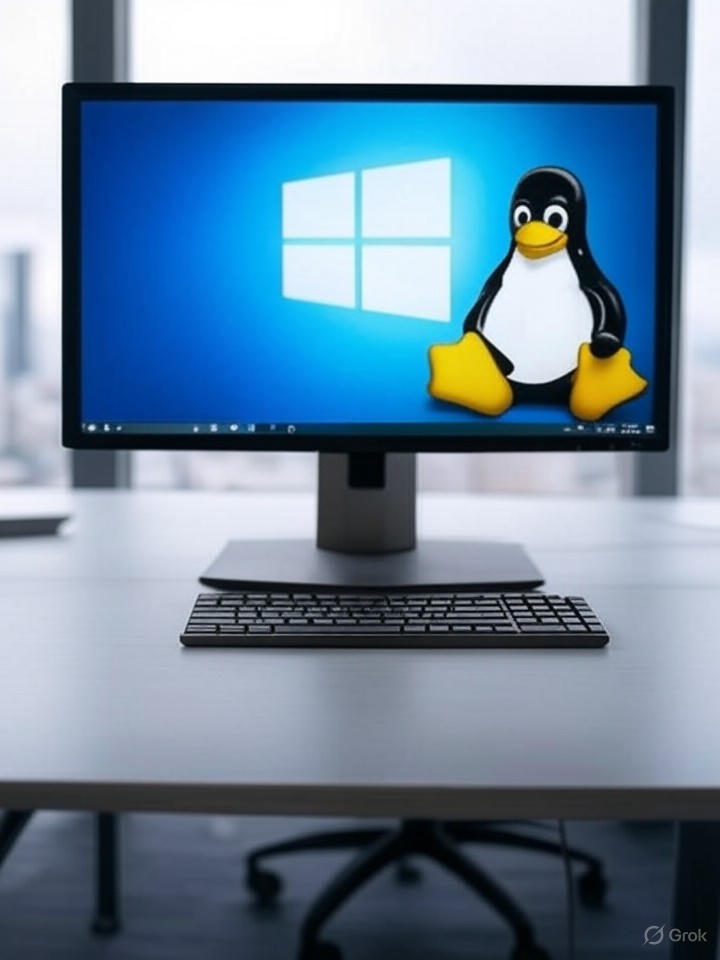In a notable shift within the tech world, Microsoft executives have acknowledged the rising discontent surrounding Windows, particularly in relation to its aggressive integration of artificial intelligence features. This admission comes as a significant number of users are migrating to Linux distributions ahead of the Windows 10 end-of-life date set for October 2025. As millions face forced upgrades, privacy concerns, and unwelcome AI features, Microsoft finds itself in a position where it must urgently address grievances that threaten its supremacy in the desktop operating system market.
The controversy intensified following a LinkedIn post from a Microsoft executive who claimed that Windows is evolving into an “agentic OS” powered by AI. This statement ignited a wave of backlash from users frustrated by intrusive elements such as Copilot and Recall. According to Tom’s Hardware, the comments section of this post was flooded with complaints about system instability, privacy violations, and excessive resource consumption. Users expressed their irritation with mandatory Microsoft accounts and cloud integrations that siphon data for AI models.
This backlash reflects a broader sentiment. Social media platforms, including X (formerly Twitter), showcase a growing discontent, with users declaring intentions to abandon Windows entirely. One user remarked, “I’ll ride out Windows 10 for as long as I can, then I’m switching to a Linux-based system; I’m not doing this AI slop spyware BS.” Another highlighted Microsoft’s focus on AI at the expense of essential security updates for Windows 10 users, driving many to consider Linux for improved privacy and control.
The Linux Migration Wave Gains Momentum
The impending end of support for Windows 10 is acting as a catalyst for what industry analysts are calling a “real Linux migration wave.” According to Windows Forum, the cutoff on October 14, 2025, is motivating users to flee from Windows 11’s stringent hardware prerequisites, such as TPM and Secure Boot. Migration tools like Operese, designed for transitioning from Windows to Linux while preserving data and applications, are gaining momentum, as reported by Windows Central.
See also 47% of Indian Enterprises Deploy Generative AI but 95% Limit Budget to Under 20% of IT Spend
47% of Indian Enterprises Deploy Generative AI but 95% Limit Budget to Under 20% of IT SpendCommunities on platforms like Reddit, particularly r/linux and r/linuxquestions, are buzzing with discussions about this shift. One post on r/linuxquestions asked, “Honest question: Are people seriously moving from Windows to Linux?” and attracted hundreds of responses sharing experiences of switching to distributions like Ubuntu and openSUSE. One user recalled switching from MS-DOS to SUSE Linux in 1997 for productivity enhancement, with modern migrations echoing similar sentiments, primarily driven by dissatisfaction with Windows’ AI overreach.
AI Integration: Innovation or Intrusion?
Microsoft’s drive to incorporate AI extensively into Windows has become a contentious topic. Features like Copilot+ PCs and the controversial Recall tool, which captures user activity screenshots, have raised alarms regarding privacy risks. Windows Latest reported that following the backlash, Microsoft reassured power users, stating, “We care deeply about you,” and promised improvements. Nonetheless, skepticism remains prevalent among users who complain about unwieldy interfaces and resource-heavy AI features that hinder daily tasks.
Insights from long-term Microsoft employees, analyzed by tech commentator Dan Luu on X, indicate a shift where design priorities have favored AI-driven interfaces over user-friendliness, resulting in engineer burnout and consequent user dissatisfaction. This internal disarray has manifested in user-facing problems, fueling the migration away from Windows. According to Success Quarterly, Microsoft’s vision of an “agentic OS” conflicts with users’ desire for stability over trending buzzwords.
Privacy concerns loom large. Posts on X warn against Microsoft’s potential scanning of personal documents and images, raising fears of users being reported to authorities. One user noted that YouTube was censoring content about bypassing Windows 11 logins, linking this to Microsoft’s data collection for AI training. This reflects broader apprehensions, as highlighted by WebProNews, regarding internal reorganizations that prioritize AI projects like Copilot amid increasing user dissatisfaction.
Microsoft’s About-Face and Damage Control
In light of the uproar, Microsoft has publicly acknowledged its shortcomings. A recent post from a senior executive, covered by Neowin, stated, “We see all the backlash and we know we have a lot to fix in Windows.” This acknowledgment follows plans to transition Windows into an AI-enhanced operating system, which recently provoked criticism. The company is now pledging to enhance stability, reduce bloat, and be more receptive to feedback from power users.
However, many users feel this response is too late. Tom’s Hardware reports on initiatives like “End of 10,” urging Windows 10 users to adopt Linux instead of upgrading to Windows 11. Discussions on Quora reveal affirmative responses to inquiries about transitioning to Linux post-Windows 10 support, citing AI fatigue and the appeal of open-source alternatives.
Linux advocates highlight distributions such as Zorin OS experiencing notable adoption, as reported by PBX Science. Users report smoother experiences free from mandatory AI features or cloud dependencies, standing in stark contrast to Microsoft’s model. Posts from users echo sentiments of abandoning Windows for good, citing frustrations with “AI slop spyware.”
In conclusion, the migration trend signifies a broader shift in the tech landscape, with Microsoft facing the risk of losing market share as users prioritize privacy and simplicity over AI-driven complexity. As the future unfolds, the ongoing transformation of the desktop OS ecosystem could reshape industry standards for many years ahead.








































































